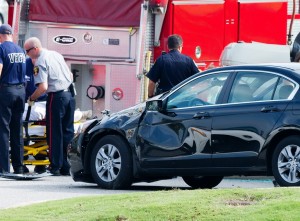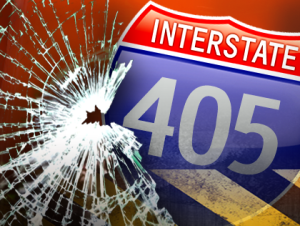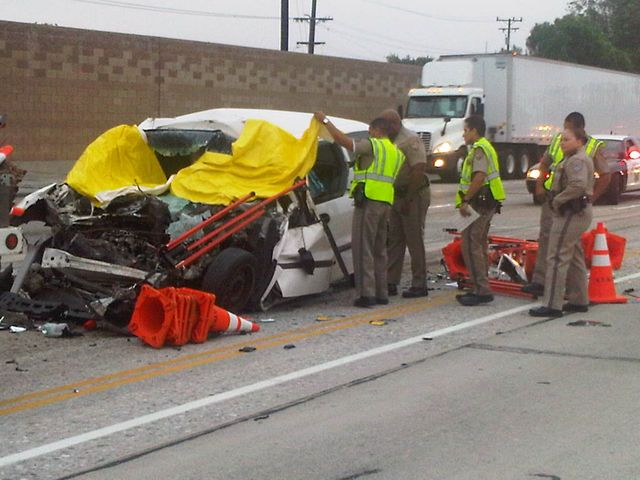BICYCLE ACCIDENT ANALYSIS
Facts: A 19 year old was riding his bicycle on the sidewalk going eastbound when Defendant pulled out of a private driveway and struck the bicyclist.

WHO IS AT FAULT?
Plaintiff testified he was travelling between five and ten miles per hour prior to impact; he was “just coasting” and “cradling the brakes”. There were no pedestrians in the area. Plaintiff testified that he was careful to look out for cars coming out of driveways.
RELEVANT CALIFORNIA LAW:
The California vehicle code does not prohibit bicycle riders from riding on the sidewalk, on either side of the street.
21804. (a) The driver of any vehicle about to enter or cross a highway from any public or private property, or from an alley, shall yield the right-of-way to all traffic, as defined in Section 620, approaching on the highway close enough to constitute an immediate hazard, and shall continue to yield the right-of-way to that traffic until he or she can proceed with reasonable safety. Cal. Veh. Code Section 21804(a). Emphasis added.
As to the definition of “right of way”: Judicial Council of California Civil Jury Instruction (CAC) 701 states”
“When the law requires a [driver/pedestrian] to “yield the right-of way” to [another/a] [vehicle/pedestrian], this means that the [driver/pedestrian] must let the [other] [vehicle/pedestrian] go first.
The only California Code dealing with bicycle operations on a sidewalk, merely allows local municipalities to maintain their own regulations:
“This chapter does not prevent local authorities, by ordinance, from regulating the registration of bicycles and the parking and operation of bicycles on pedestrian or bicycle facilities, provided such regulation is not in conflict with the provisions of this code”. Cal. Veh. Code Section 21206.
RELEVANT LOS ANGELES MUNICIPAL ORDINANCE:
This accident occurred within the City of Los Angeles. This fact is not disputed. The only applicable Los Angeles Municipal Code section states:
“No person shall ride, operate or use a bicycle, unicycle, skateboard, cart, wagon, wheelchair, rollerskates, or any other device moved exclusively by human power, on a sidewalk, bikeway or boardwalk in a willful or wanton disregard for the safety of persons or property.” L.A.M.C. Section 56.15
The above ordinance makes it clear that the only situation a bicycle is not allowed to operate on a sidewalk is when he is operating in a willful and wanton disregard for the safety of persons or property. The legislators chose their words carefully. The code does not state that the requirement be “negligent riding” or “fast riding”, rather, the ordinance chose its words carefully and used very strong language indicating an intentional hazardous type of riding.
There is no evidence whatsoever supporting that Plaintiff was riding his bicycle in a negligent manner and surely not in a “wanton or willful disregard for the safety…”










